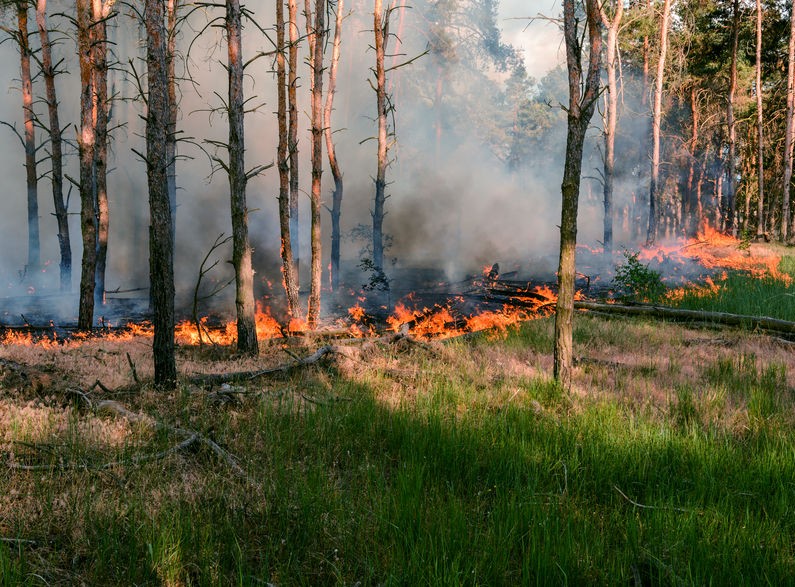

Climate change has accelerated the risk of expensive natural disasters, but these risks still aren’t being adequately taken into consideration in investment decisions.
“Climate risks oftentimes are evaluated more under ‘E’ in [environmental, social and governance risk assessments],” said Jeff Schlegelmilch, director of the National Center for Disaster Preparedness at Columbia University’s Earth Institute, in a webinar hosted by AllianceBernstein. “[But] these disasters have cascading impacts that erode tax bases that create and exacerbate social inequality. And there are also challenges with some of the limits of disclosure.”
Read: What’s keeping ESG rankings so convoluted?
He pointed to figures from the United Nations’ Office for Disaster Risk Reduction on the impact of weather-related disasters on countries’ economies from 1998 to 2017. Looking at the raw dollar value, the U.S. saw the highest impact, with natural disasters such as Hurricane Harvey, Hurricane Katrina and wildfires out west playing a role in the substantial cost. But look at the dollar impact as a percentage of countries’ gross domestic product and a different story emerges, said Schlegelmilch.
“The U.S. doesn’t even crack the top 10 [countries]. You’re seeing primarily lower-income countries bearing the brunt in terms of the percentage, the proportion of their economy that’s been impacted by these disasters. I think this is a really important dynamic, because the numbers may not seem as big, but the impact can actually be much more outsized and significantly disrupt the [country’s] development trajectory when they’re at that scale.”
Read: How pension plans can implement TCFD recommendations
The focus on the “cascading impacts” of climate disasters needs to occur across asset classes, he added. For example, some banks have started to take a look at the NCDP’s hazard index as they underwrite municipal bonds. “[They’re asking the issuers], ‘Well, if you’re earthquake prone and you have an earthquake and we’ve got a 30-year bond issue, what is your ability to repay that if all your businesses flee because of a bad recovery? These are good questions to start asking. They may not be explicitly required in these measures yet, but they are absolutely going to be impacting the risks on those investments in actuality.”
As infrastructure is increasingly built in areas that are particularly at risk to natural disasters, their potential cost must be properly integrated into investment decisions, noted Schlegelmilch. He pointed to the levee failure during Hurricane Katrina, Beijing’s overwhelmed sewage system during the 2016 flood event and the “incredible vulnerability” of substandard concrete buildings in Haiti as examples of what could happen when those risks aren’t considered.
“When we look at the cost of disasters, we also have to look at where the investments of the infrastructure and the facilities and the buildings in the path of those disasters where risk was not adequately integrated into that investment calculation and the cost is measured in dollars but reflected in lives and livelihoods.”
Read: How institutional investors weigh energy transition risks, opportunities
